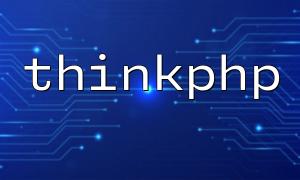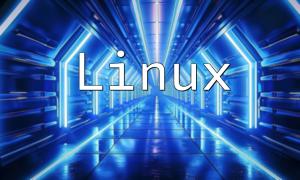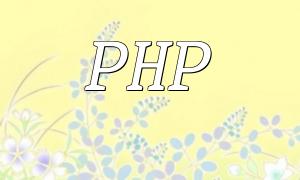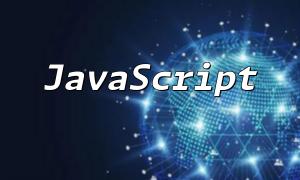Eclipse is an open-source integrated development environment (IDE) that supports multiple programming languages, making it especially suitable for PHP development. Its powerful plugin ecosystem, extensive community support, and high customizability make it the tool of choice for many developers.
For Chinese users, using the Chinese interface can significantly improve development efficiency. Therefore, setting up the Chinese interface is particularly important.
Here are the simple steps to set up the Eclipse interface in Chinese:
First, you need to download the Chinese language pack for Eclipse. Make sure to download the language pack that is compatible with your current version of Eclipse. You can obtain this language pack from the official Eclipse website or other relevant resources.
After downloading, unzip the language pack files. You will find a plugin directory. Copy all the files in this directory to the "plugins" folder in your Eclipse installation directory.
In the Eclipse installation directory, locate the eclipse.ini file and add the following two lines of code at the end of the file:
<span class="fun">-Duser.language=zh</span>
<span class="fun">-Duser.country=CN</span>
Save and close the file.
After completing the above steps, restart Eclipse. At this point, you should see the Eclipse interface successfully set to Chinese, with all menus and options displayed in Chinese.
When setting up Eclipse for Chinese localization, please keep the following points in mind:
Backup Configuration: Before modifying any configuration files, be sure to back up the original files to prevent any unforeseen issues.
Plugin Compatibility: Some plugins may not support the Chinese interface. Make sure that all the plugins you are using are compatible with the Chinese interface.
By following the steps outlined above, you can easily set up Eclipse in Chinese. This will provide a more convenient development experience, allowing you to focus on PHP coding without worrying about language barriers. If you encounter any issues during the process, refer to relevant documentation or seek help from the community. We hope this tutorial will be helpful for your PHP development work!









